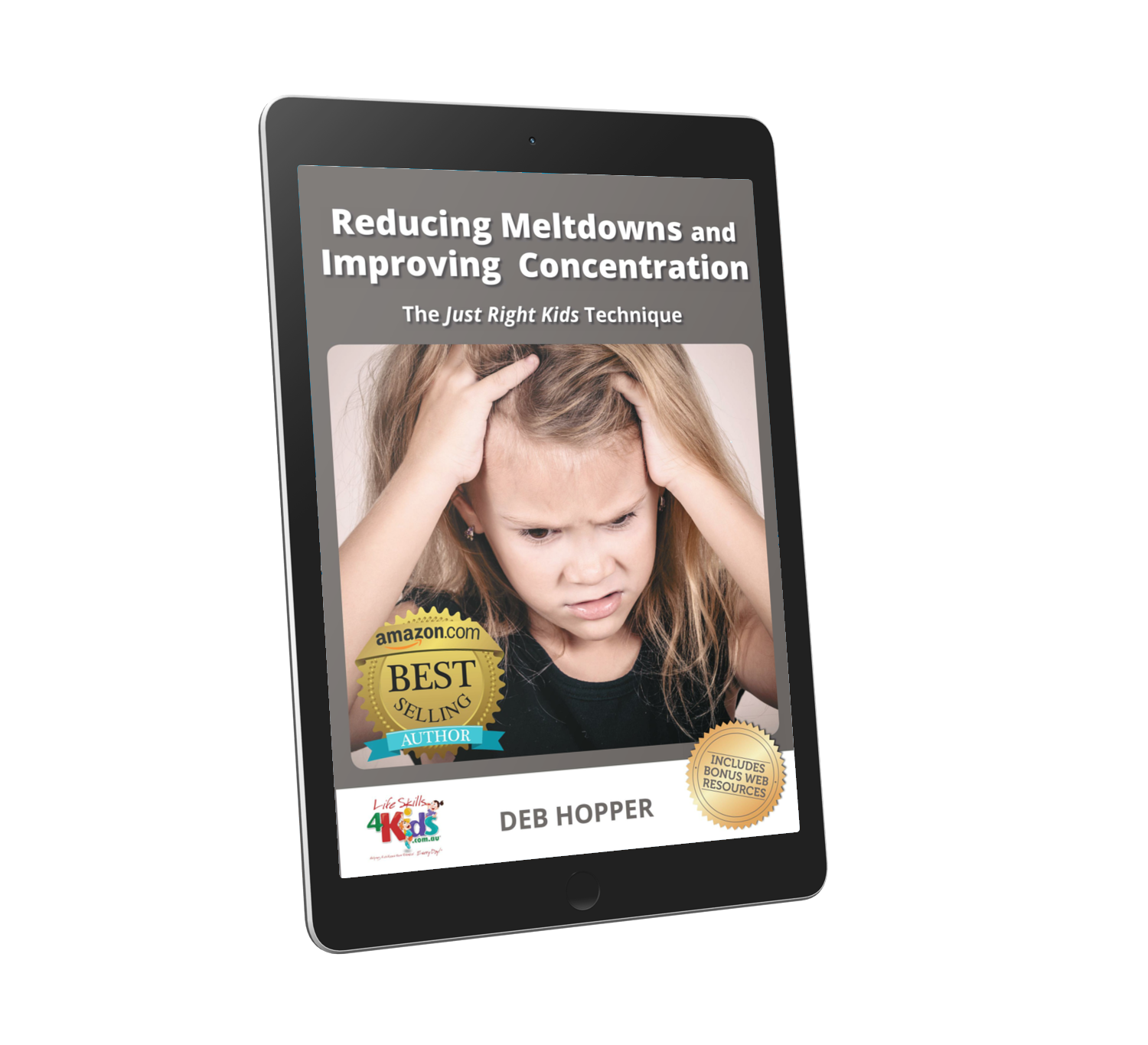“The Best of 2016” – A Special Edition
Help Your Child Excel and Learn In Class
Written by Deb Hopper
Published in
Great Health Guide articles available in Audio:
CLICK HERE FOR THE AUDIO VERSION
Many children struggle in class and with learning. Whether identified or diagnosed with a learning disability or not, many typical children struggle with learning or even just being able to concentrate in class.
As parents, there are many ways that we can set our kids up for success for the classroom.
SEVEN VERY USEFUL TIPS FOR PARENTS:
1. Be on the same page as your child’s teacher. If your child is struggling with learning, reading, writing or spelling, firstly talk to your teacher to see if they are concerned. They will be able to put your mind at rest or know who to refer you to for help. They can suggest modifications for homework or extra work. If you have some tips for how your child learns, don’t be afraid to tell your child’s teacher (and your teacher will be thankful for your input). Volunteering in class can be special for your child and can also give you an insiders’ view on how things are going in class.
2. Get assessments to know WHY learning is difficult. If your child is at risk of falling behind, don’t ‘wait and see’ for too long. Early intervention is the key for the best outcome for learning. Link in with your local health professionals and consult with your family doctor, Occupational Therapist, Speech Pathologist or Psychologist or Learning Difficulties Clinic. Understand which building blocks of learning your child is struggling with and help target with intervention and improve learning. Learning Online clinics can assist parents to know which building blocks are difficult for children and suggest strategies for overcoming difficulties.
3. Attention issues are highly linked to children with learning disabilities. If your child gets the ‘wiggles’ and struggles to sit still, focus or concentrate in class, it is important to help teach your child the difference between when our bodies are ‘fast’, ‘slow’ or ‘just right’. Use a diagram such as the Just Right Kids Model to help your child start to label and know when he is feeling different energy levels. The Just Right Kids Model available at this website is a great visual tool for encouraging children to tell you how ‘fast’, ‘slow’, ‘just right’ they are and what emotions they are feeling.
4. Teach your child to advocate for their sensory needs. Understand what helps your child to focus in class. If they need to move a lot, ask the teacher if your child can be allowed to help hand out classroom supplies or run a message to the office. There are many resources for helping children to concentrate in their seat. E.g. sitting on a cushion can help kids to get the wiggles out while sitting in class. If your child chews a lot (collars, hair, fingers etc.) they are using their mouth to self-regulate and concentrate. Don’t just tell them to stop! Give them options such as having a drink bottle (with pop-top or inside straw) on their desk; give them pencil toppers or a chewable necklace.
Chewing always helps kids be more alert and actually helps calm kids who are going too fast!
5. Reduce screen time – especially in the morning. Using screen time may actually change the brain and how we are wired. Children who don’t have screen time before school are able to concentrate and learn easier. Replace screen time with play time. Active play is best, especially jumping in the trampoline. Active play organises the nervous system and fills it with grounding sensory input that sets the body up for being able to sit still and listen in class. See the previous article in Great Health Guide MagazineTM which offers some suggestions for reducing screen-time with children.
6. Read at home with your child and support their learning. Be interested in their learning. Sit and help with their homework when you can or have them sit at the table or breakfast bar while you cook dinner so they can ask you questions. You might have to think hard (sometimes those year 3 maths questions make you think!) but work with and support your child. Reading most nights with your young children is so important for creating a thirst for learning and exploring through books.
7. BE with your child. Children learn the best when they feel safe and secure. Enhance your child’s learning through having quality time with them. Sit on the floor and play a puzzle, jump on the trampoline with them, go on a ‘date’ with them. Make sure they know they are valued and loved.
IF YOUR CHILD IS STRUGGLING IN CLASS, MAKE SURE YOU START BY:
- Having a chat with your child’s teacher and be on the same page.
- Getting professional help and assessment if concerns exist get help early rather than waiting too long. Often there are waiting lists for services too. Take action and start.
- Enjoying learning time at home and build a strong relationship with your child so they feel loved and supported.
School can be such an adventure for children.
Are you looking for a way to help children reduce meltdowns?
Focus better in school?
If you are searching for the answer to these questions, you have found them in this book!
This book explains how the Just Right Kids Technique can help you to teach your child to understand, recognise and learn to control their emotions and behaviour.
When kids are ‘just right’ they feel happy, safe and emotionally secure – resulting in less tantrums and improved concentration. The Just Right Kids Technique will show you how to achieve this at home and in school, and help kids to grow into happy adults.
Grab a copy of this book today and make parenting a little easier and have strategies that you can use today to help decrease meltdowns and tantrums and improve concentration.



